Keyhole Angelfish (Tibicen)
$59.49
Select Variant
The Tibicen Angelfish also referred to as the Keyhole Angelfish or Melas Angelfish is among the largest species of the Centropyge Genus. A little in comparison to other angelfish The Tibicen Angelfish is mostly a dull blue to brownish-blue. The lower and pelvic portions of the Anal Fins, are colored yellow. The egg-shaped white vertical bar is found in the mid-central body region is what gives it its name.
A 70 gallon or larger tank is a must and plenty of live rock to hide and eat. The rock could get a nip at
The soft and stony corals (sessile invertebrates) and mantles made of clams. It can
Also, filamentous algae feed on and diatoms.
It is hermaphroditicand very difficult to reproduce within an aquarium and also has no
distinct color differences between males and females.
Its diet should also contain Spirulina as well as marine algae. top-quality angelfish, mysis, frozen shrimp, and various meaty foods. Feed 2-3 times daily.
Approximate Purchase Size: Small: 1" to 1-3/4"; Medium: 1-3/4" to 2-1/2"; Large: 2-1/2" to 4-1/2"; XLarge: 4-1/2" and Larger
- Description
- Additional Information
- Reviews
Keyhole Angelfish (Tibicen) Species Description
The Keyhole Angelfish, often overlooked for its simple appearance, thrives in larger marine aquariums where it consumes filamentous algae and diatoms growing on rocks and decorations. It is one of the largest Centropyge species, reaching up to 7.5 inches, and can become aggressive towards other pygmy angelfish if not introduced properly. It thrives in aquariums with live rock for filtration and decoration, though it may occasionally nip at stony and soft corals and clam mantles. Interestingly, it can also live harmoniously in fully reef tanks for extended periods, though vigilance is needed around corals.Diet
In the wild, the Keyhole Angelfish has a diverse diet including crustaceans and algae. It is not considered reef-safe due to its tendency to bother large-polyped stony corals, Zoanthids, soft corals, and clam mantles. While some specimens adapt well and peacefully coexist in reef aquariums, others may change behavior unpredictably with age. This shift is common among Centropyge species, which typically transition from plankton-eaters as juveniles to their adult diet. Feeding should include mysis shrimp, frozen fleshy crustaceans, and algae like Spirulina to ensure nutritional balance.Links to follow:
size
Large, Medium, Small
Units
1
Weight
6 lbs
Dimensions
1 × 1 × 1 in
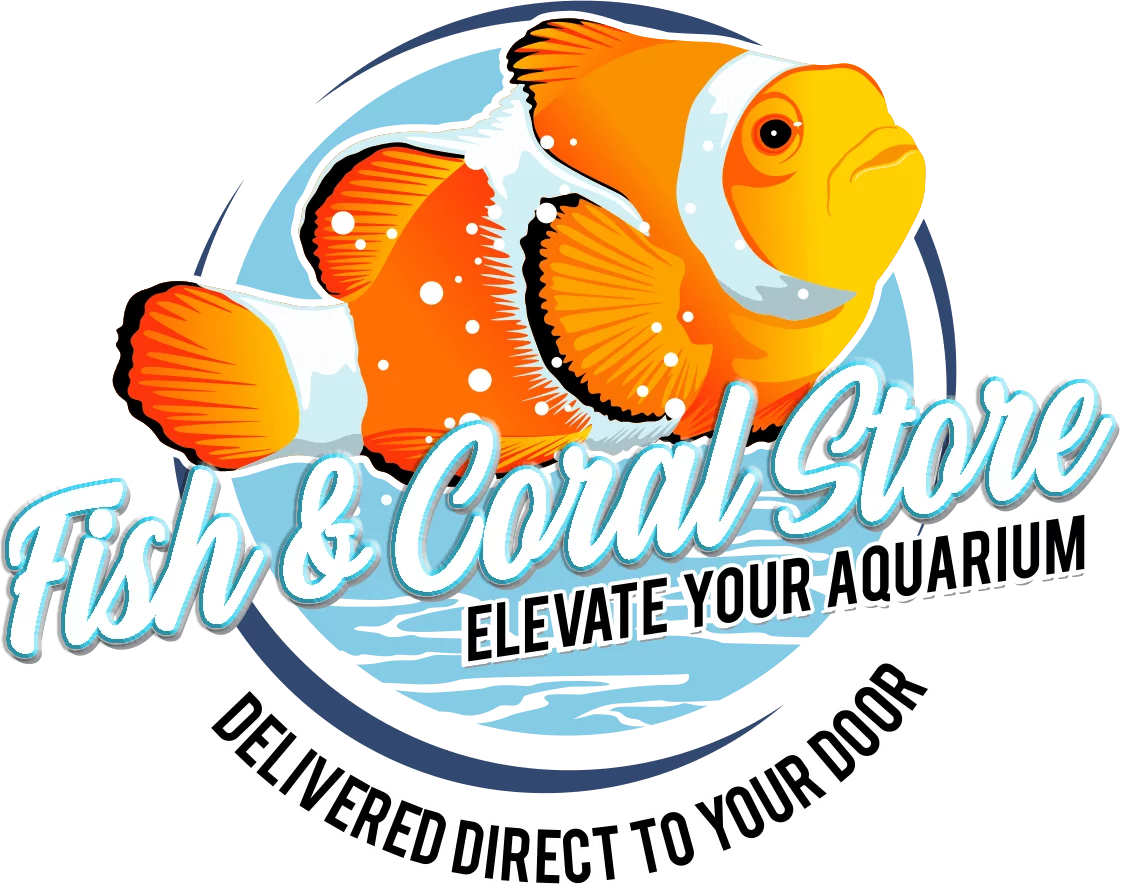
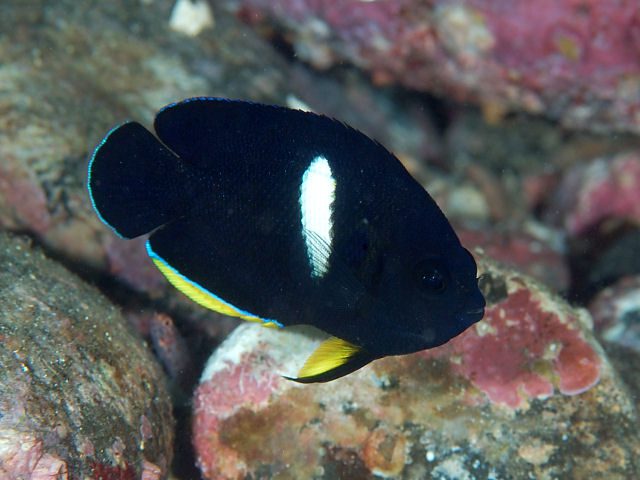
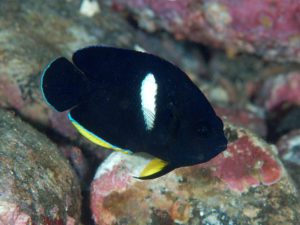
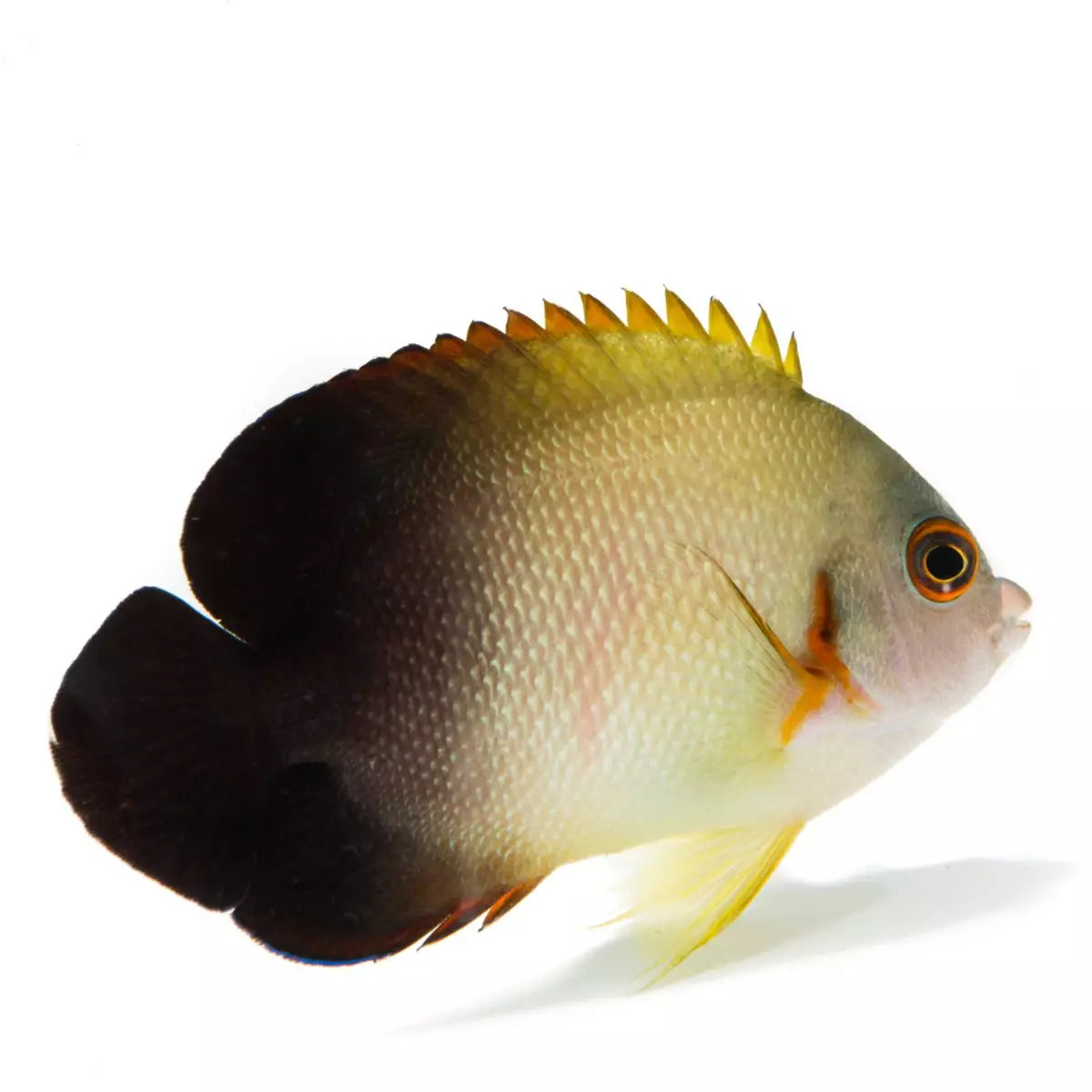
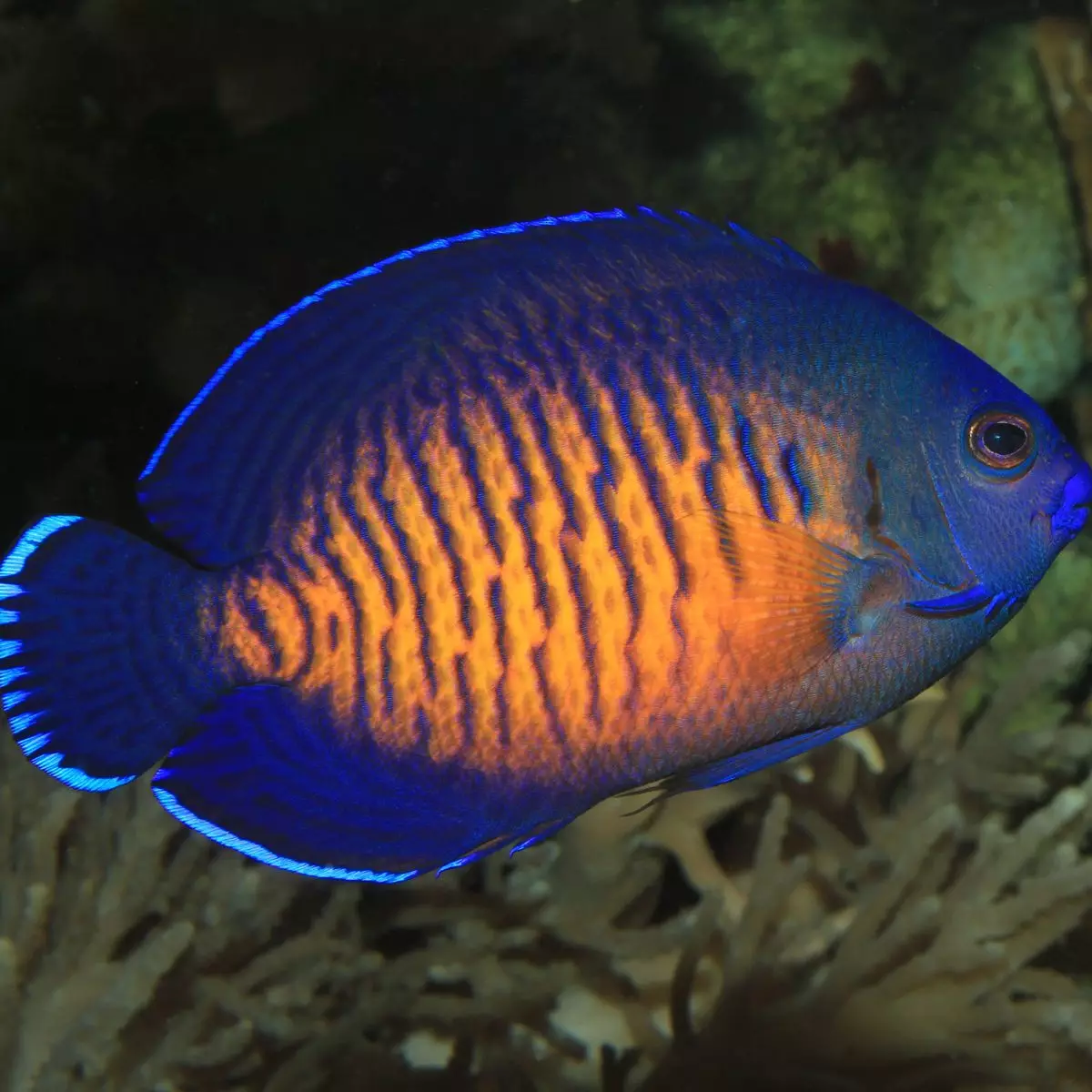
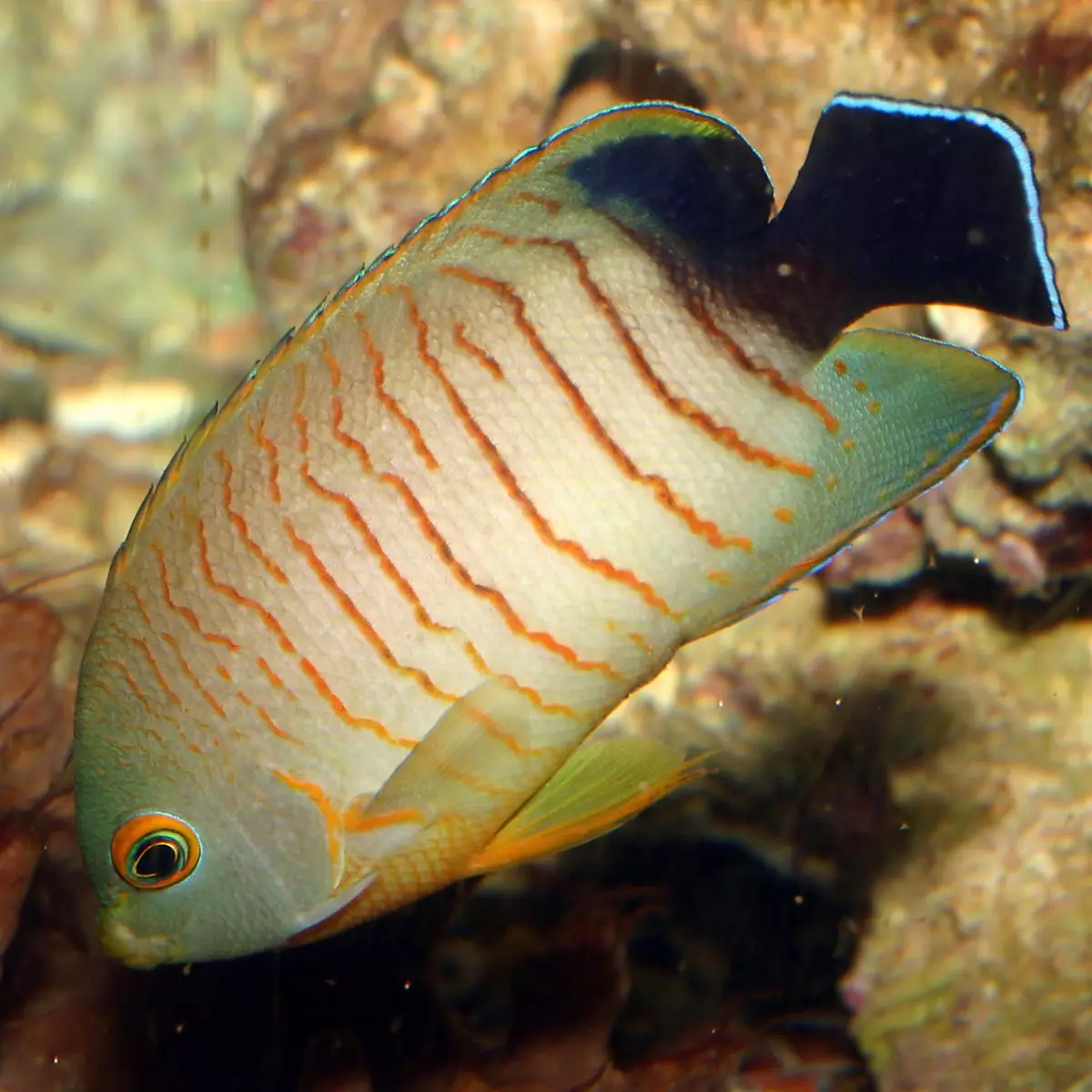
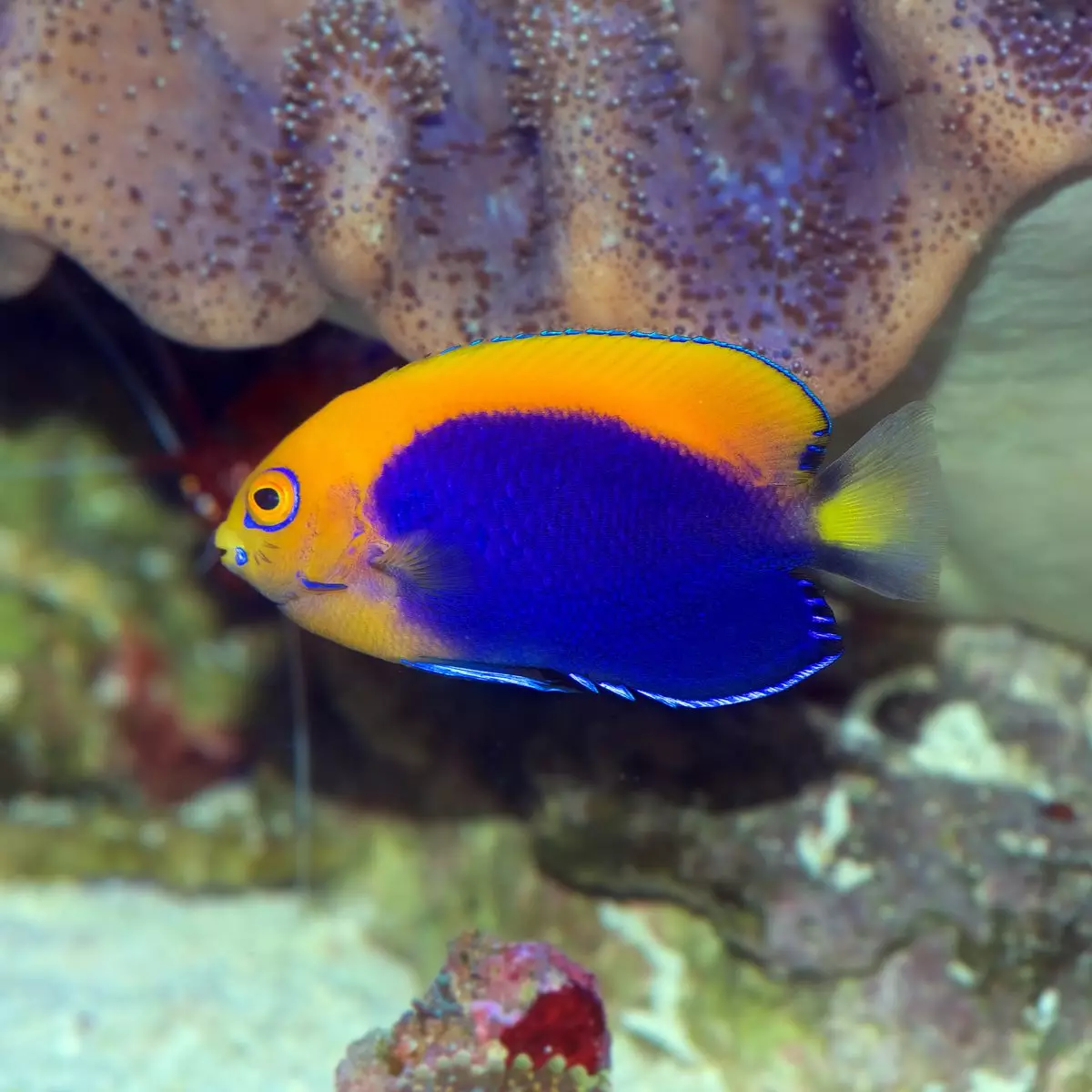
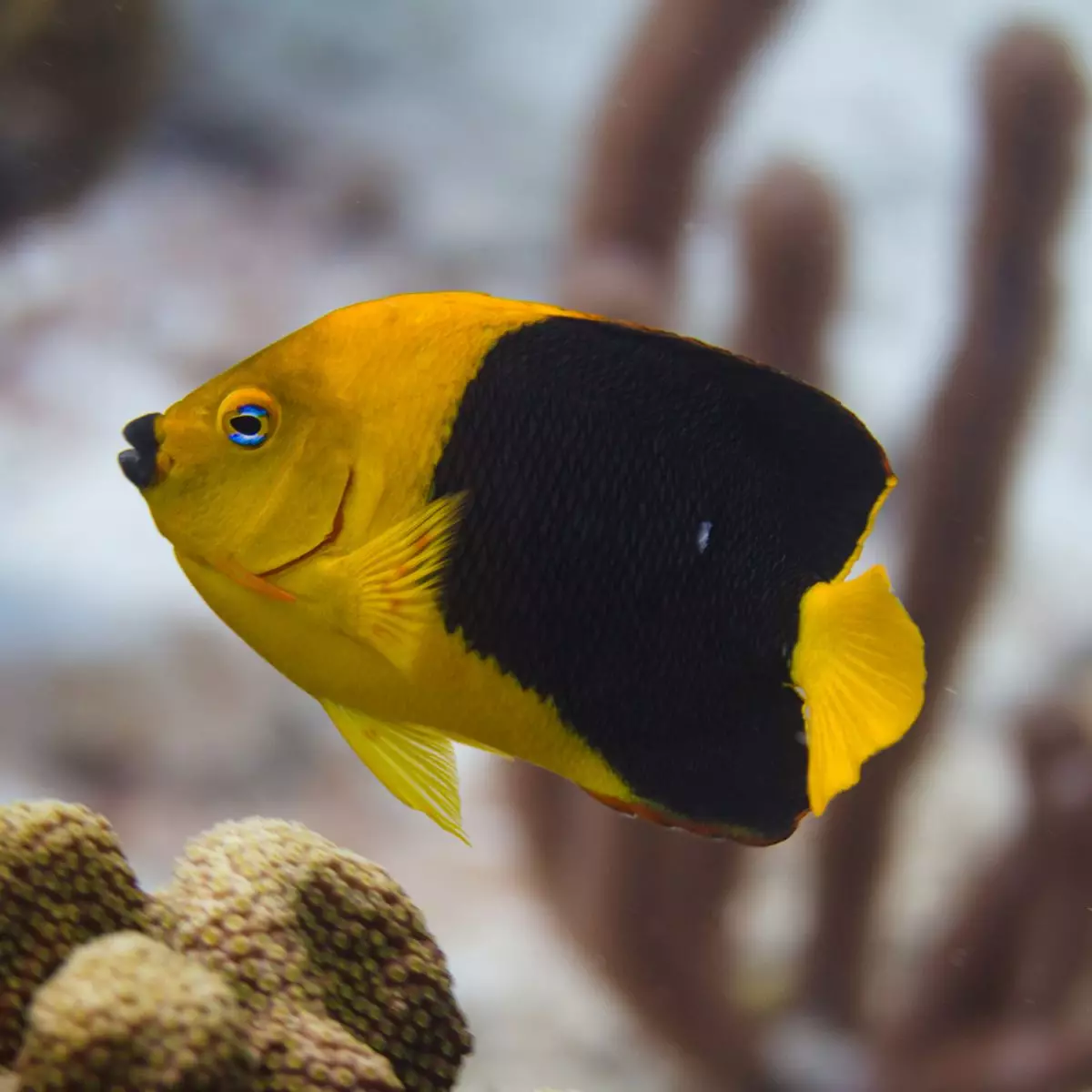
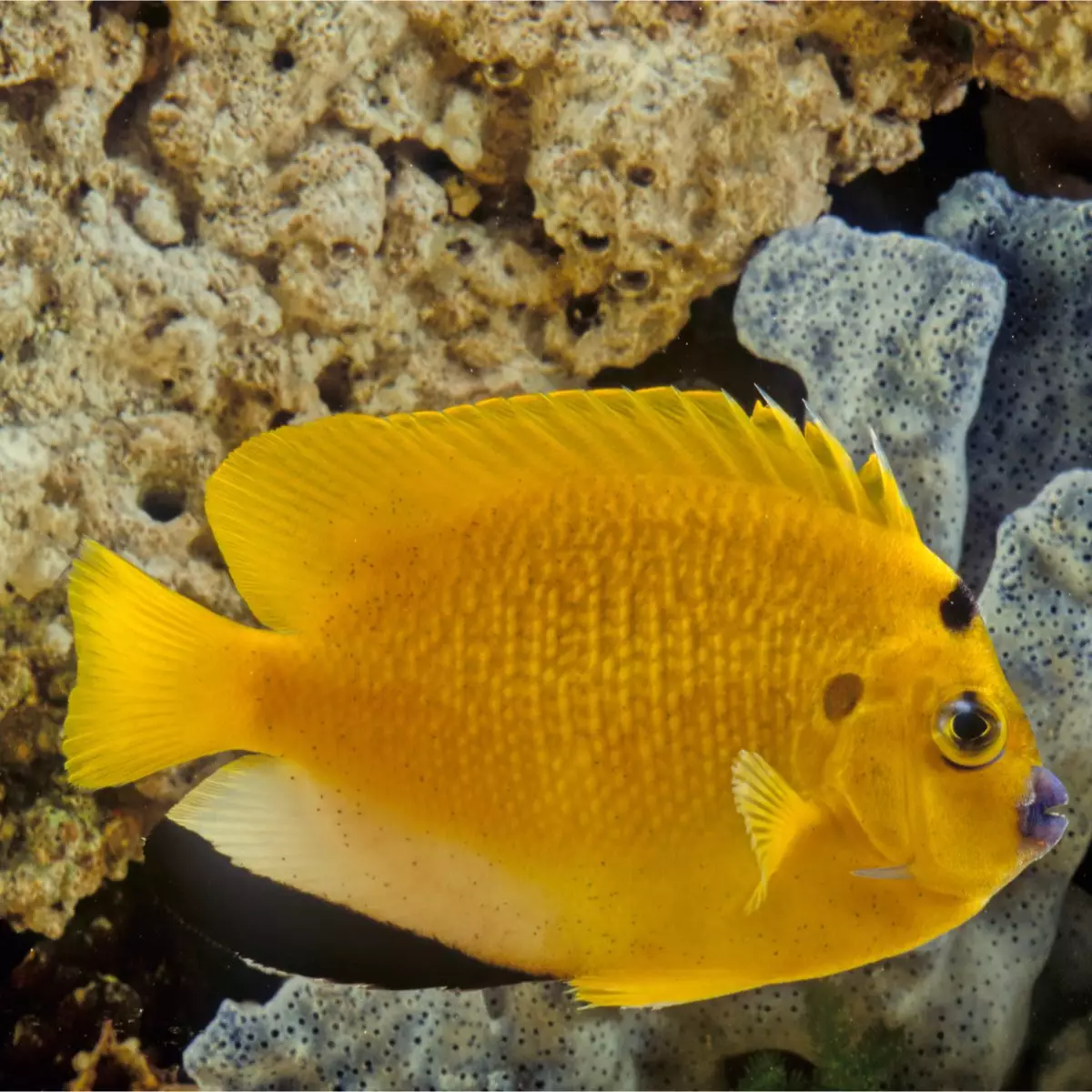
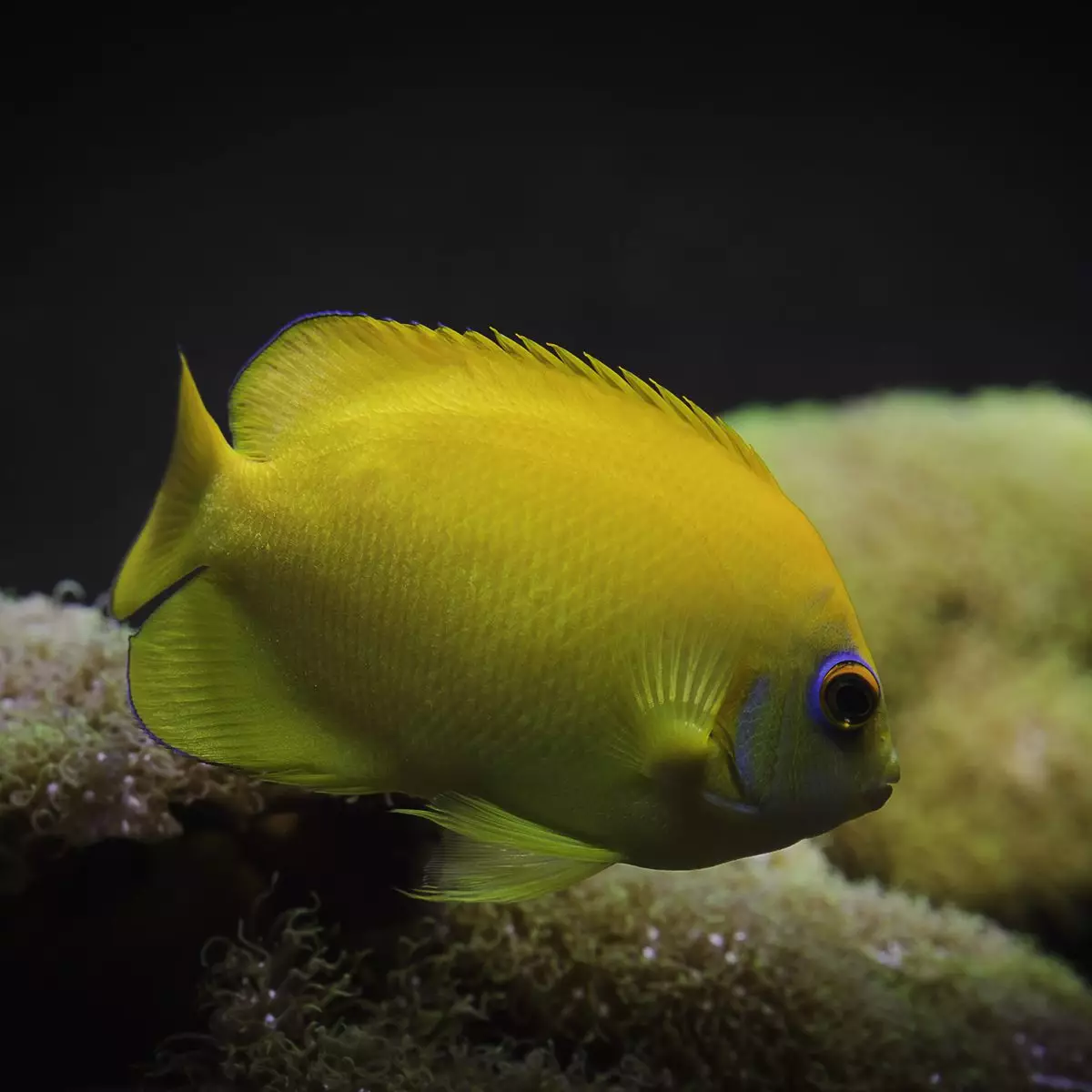
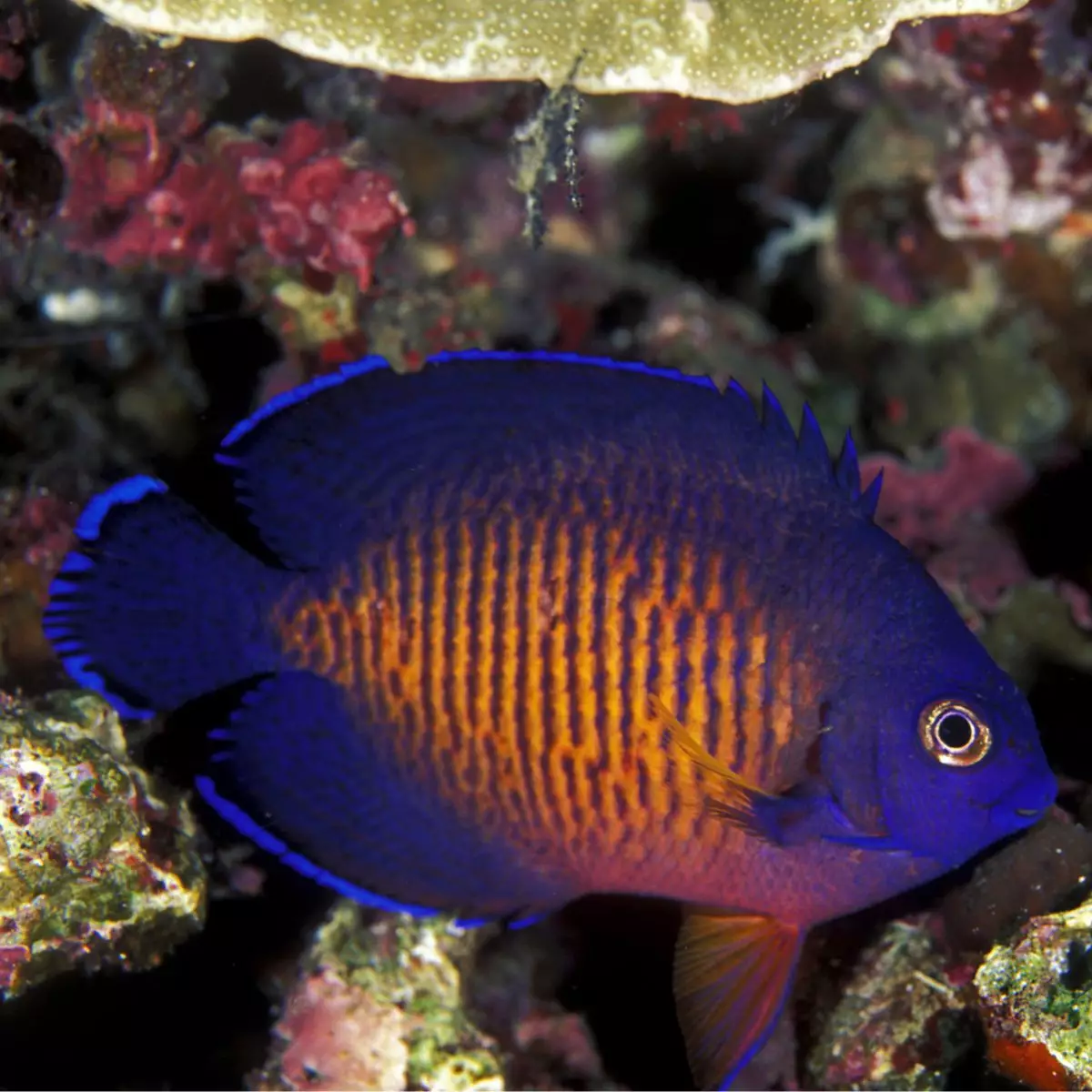

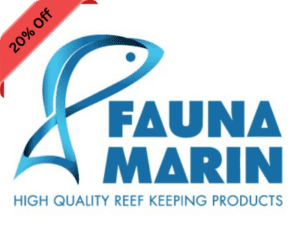
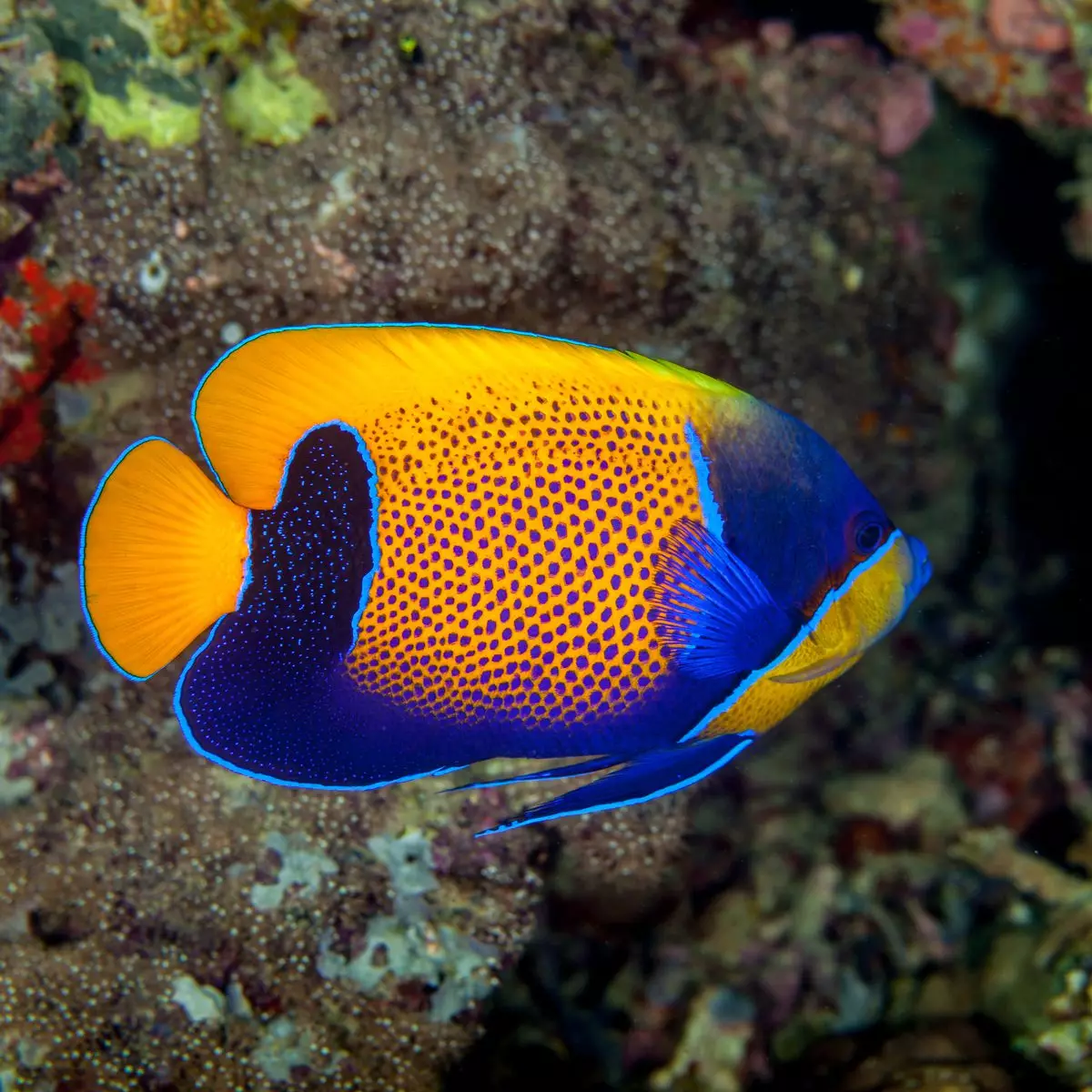
Reviews
There are no reviews yet.